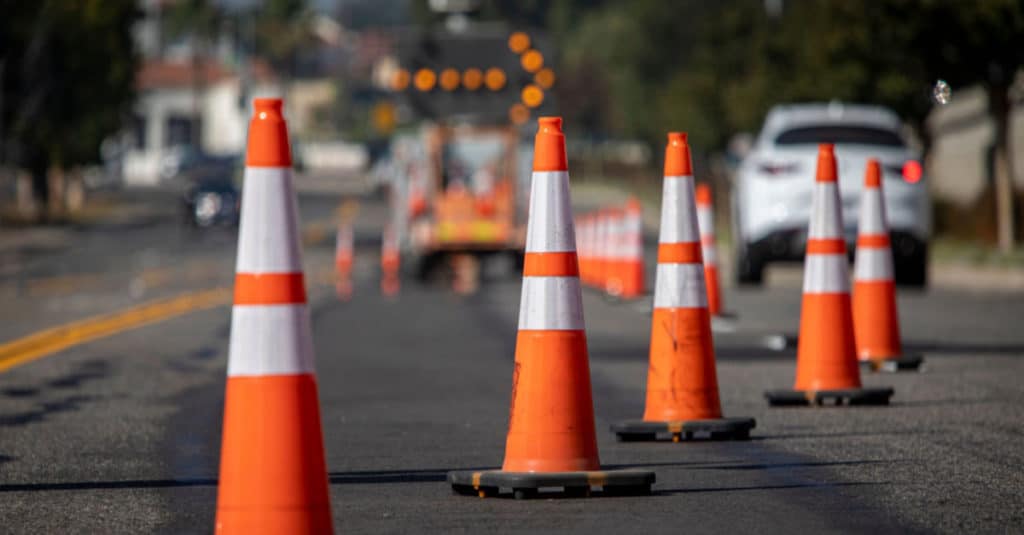What does teleoperation have to do with Autonomous Driving?
For years, self-driving vehicles have been top on the list of technology trends to watch out for. Humans have longed for the technology that promises a whole new world of getting around. No doubt we are at the threshold of that dream.
Experiments on self-driving cars began as far back as the 1920s and have been slowly evolving since. The pace has picked up rapidly in the past few years with new technologies that bring us closer to that dream.
As research and development evolves, the vision of driverless vehicles, what it means and more importantly, what it doesn’t, becomes clear. Interestingly enough, teleoperation is emerging as a critical element.
A realistic view of the autonomous vehicle revolution
As cool as the idea sounds on paper and as fancy as it looks in movie scenes, there are some real-world factors that are throwing a wrench in the wheels of the driverless vehicle revolution.
First, even though people love the idea of being able to sit in a car while it takes them wherever they want with absolute precision, it’ll take a while for most people to work up the trust needed to sit in a car with an empty driver’s seat. Everyone loves all the fancy technology, but deep down, most people suspect AI as the perfect substitute for a real driver in a real-life traffic situation.
Despite the fact that autonomous vehicle technology promises greater precision, the technology is still a long way away from matching human judgment, especially when it comes to responding to unfamiliar problems on the road.
Today’s self-driving vehicles are a complex combination of various pieces of technology. It includes cameras, GPS, modems, direction sensors, lidar, and radar systems all of which work together to help guide the car on its way and anticipate unforeseen situations that may come up on the road. The problem here is there is no mathematical model that can understand with absolute certainty situations that it hasn’t encountered before.
The answer-teleoperation autonomous driving
Enter teleoperation, a potential answer to many of the issues that are delaying the adoption of autonomous vehicles. Individuals, industry experts, and government entities are acknowledging the role that AV teleoperations will play in the widespread adoption of autonomous vehicles. In fact, several countries and cities all over the world have included teleoperation in their AV regulations in the past few years.
Although autonomous vehicles can recognize traffic lights, slow down for pedestrians, and brake quickly to avoid an obstacle, they still aren’t equipped to adapt to every single scenario that may arise on the road in real life.
To create confidence in the ability of AVs to drive safely and bring the era of autonomous vehicles to reality, teleoperation will be necessary. This technology is designed to allow a remote human operator to provide instructions or take control when needed, in order to solve problems quickly and more effectively.
With teleoperation autonomous driving, a human controller can come to the assistance of autonomous vehicles when needed in order to solve complex problems that they may be unable to tackle on their own. The remote driver in this case takes control only when prompted by the vehicle in situations where human intervention is necessary and returns control to the AV system afterward.
Do we really need remote drivers?
Is this really necessary? If the goal is to build cars that drive themselves, why do we need remote drivers to actualize that dream?
The importance of remote driving for the smooth operation of autonomous vehicles cannot be emphasized enough. It will ensure driverless vehicles can complete their mission even when encountering new complex edge cases they cannot solve on their own, which will be much needed to boost public confidence.
Teleoperation autonomous driving will also be needed to help AVs solve unknown driving issues that they might encounter. Of course, these will be less frequent as the capability of AV software drivers improve, but this will take time. In fact, data from teleoperation interventions may be instrumental in training future autonomous AI software. But for now, remote human drivers will be better decision-makers for situations where the vehicle’s driving algorithms are not properly trained for.
Also, tele assistance will also be part of the acceptable safety standards for specific use cases of autonomous vehicles such as industrial deployments or instances where a large number of autonomous vehicles are connected such as “Robotaxis” and other similar use cases.
Conclusion
Teleoperation is a vital technology in large-scale deployment of autonomous driving. Remote driving and tele assistance ensure that vehicles can always complete their mission, boosting customer confidence and bringing us closer to commercial deployment of autonomous vehicles.






